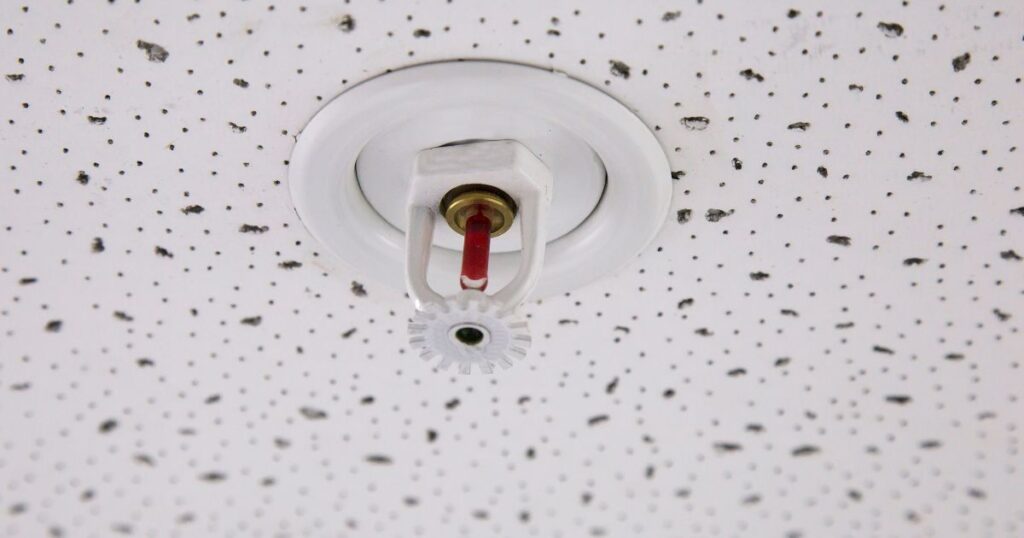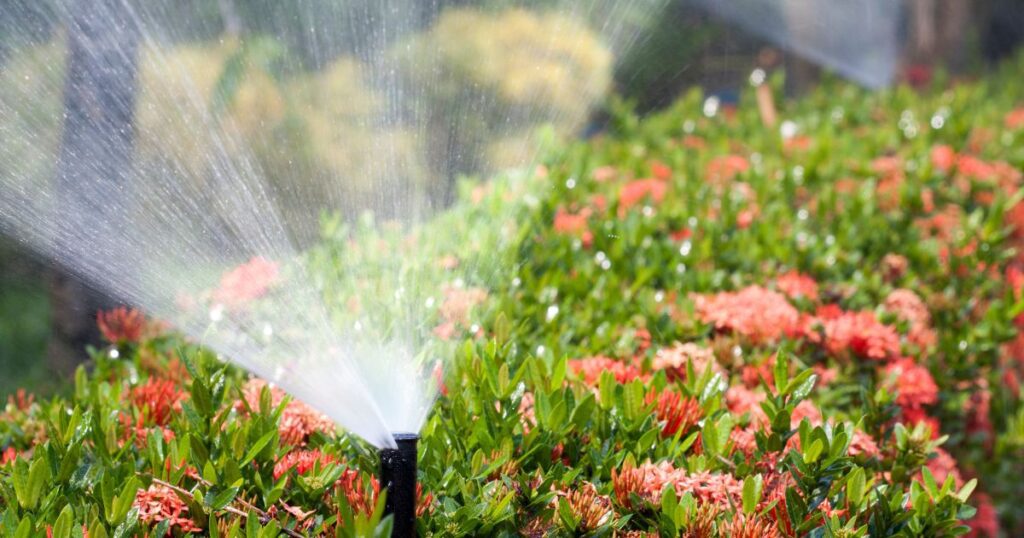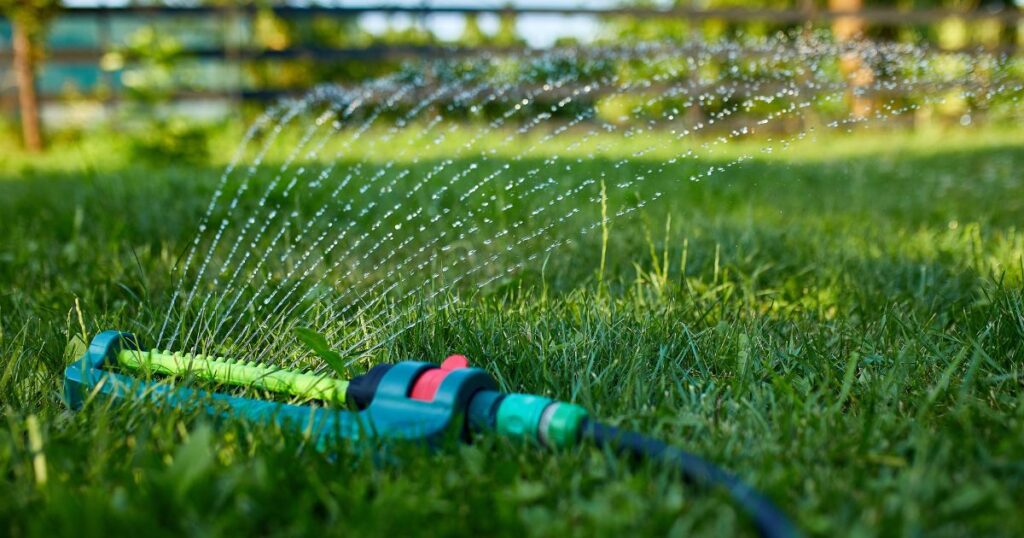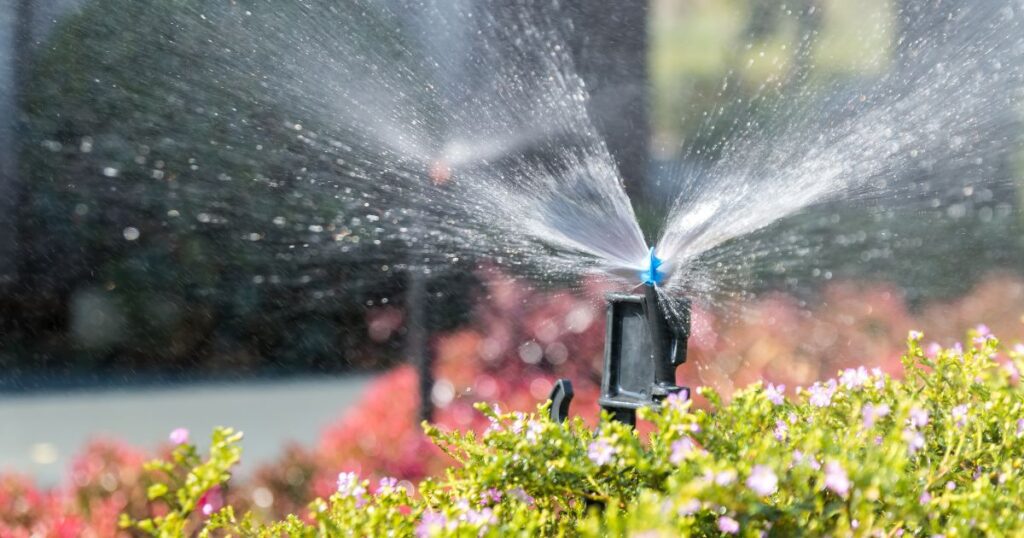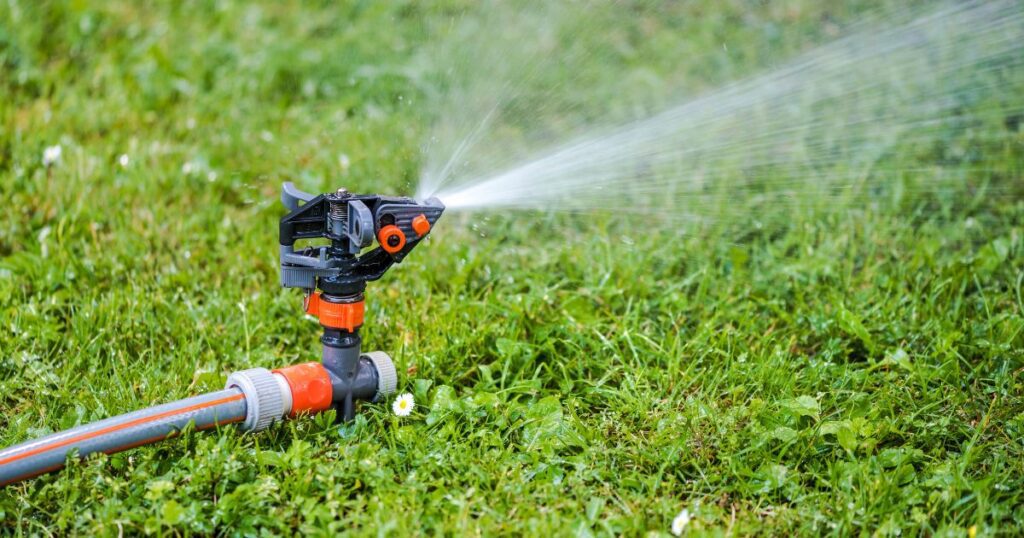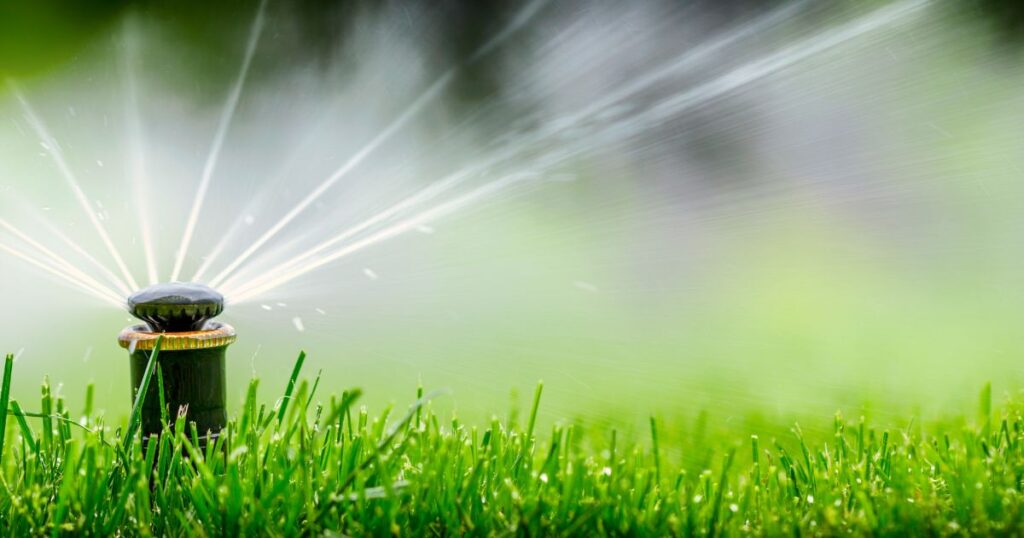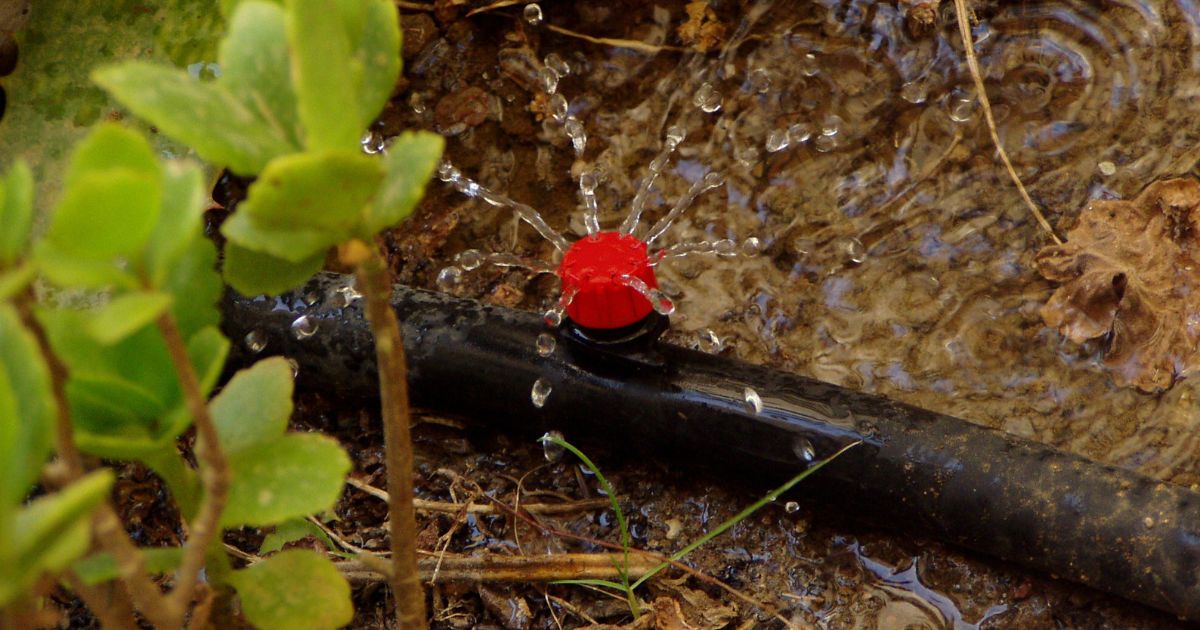
Are you ready to embark on a treasure hunt in your own backyard? If you’re eager to unearth the secret paths of your sprinkler system, get ready for an adventure filled with discovery and intrigue. We’ll guide you through the exciting journey of knowing how to locate sprinkler lines, revealing tricks and tools that will turn you into a true detective of irrigation. So, grab your detective hat and magnifying glass because the quest to find sprinkler lines is about to begin!
To locate sprinkler lines, you can use a variety of methods. One approach is using a metal detector to detect the metal pipes or fittings associated with the system. Another method involves using a specialized sprinkler line locator that emits radio frequencies to identify the buried lines. Additionally, you can visually trace the lines by following visible signs such as sprinkler heads or valve boxes along the ground.
The Importance of Locating Sprinkler Lines
Sprinkler systems use a complex network of pipes to distribute water evenly throughout an outdoor area. Each pipe connects a series of sprinklers and valves that work in tandem to deliver water as needed. Locating these pipes is critical during installation, repair, and maintenance work because it saves time and resources.
Knowing where the sprinkler pipes run means that you can avoid damaging them while digging or excavating soil nearby. Since most systems run underground or under landscaping materials like rocks or mulch, finding them can be challenging without proper tools and techniques.
Additionally, knowing where your sprinkler lines are located will help you detect any issues early on before they cause significant damage to your lawn or property. By inspecting the system regularly for leaks, clogs, or damage around each pipe’s location, you can quickly identify problems and fix them before they become more severe.
Overview of The Process
The process of locating sprinkler lines involves several steps that require specific tools and knowledge about how irrigation systems work. Depending on whether your pipes are buried underground or running above ground will determine which method is best suited for locating them.
Generally speaking, most methods involve inspecting visible parts of the sprinkler system first before using specialized tools like metal detectors or pipe locator devices to trace their path underground accurately. Once you have determined where each line runs using these methods (or a combination of them), you may need to dig test holes to verify the location further.
However, before beginning any work, it is always essential to ensure your safety by turning off the water supply and electricity if applicable and wearing appropriate personal protective equipment like gloves and eye protection. With these precautions in mind, let’s dive into the different methods for locating sprinkler lines below.
Understanding Sprinkler Systems
Types of Sprinkler Systems
Sprinkler systems come in two main types: residential and commercial. Commercial sprinkler systems usually have more complex layouts and are designed to cover larger areas than residential sprinkler systems.
Residential sprinkler systems are usually designed to cover smaller areas, such as lawns or gardens, and may be less complex. Within these two main types of sprinkler systems, there are several subtypes.
The most common types of residential sprinklers include spray heads, rotor heads, and drip irrigation. Spray heads emit a fixed pattern of water, while rotor heads rotate and emit a more even coverage over a larger area.
Drip irrigation is the least common type of residential system because it uses small emitters that distribute water slowly over time. Commercial sprinklers can be broken down into four main categories: wet pipe systems, dry pipe systems, pre-action systems, and deluge systems.
Wet pipe systems use pipes filled with water at all times and activate immediately when heat triggers the sprinklers to turn on. Dry pipe systems use pressurized air in the pipes that keep the water back until heat causes the valve to open and release the water pressure on the head of the sprinklers.
Components of a Sprinkler System
There are several important components that make up any functioning sprinkler system: 1) Control valve: This is where you can turn your system on or off. 2) Mainline: This is the main supply line that feeds all other parts of your lawn watering system.
3) Lateral line: This brings water from your mainline to each individual watering zone in your yard. 4) Backflow preventer: This prevents contaminated water from flowing back into your home’s clean drinking supply by ensuring only one-way flow through the hoses.
5) Sprinkler head: This is part of the system that actually releases water onto your lawn or garden. 6) Rain sensor: This device detects rain and shuts off your sprinklers when it is already raining.
The control valve is usually located near the main shutoff valve for your water supply, while the main line runs from your control valve to your lateral lines. The backflow preventer is typically installed between the mainline and lateral lines to prevent water from flowing back into your home’s drinking supply.
Sprinkler heads are typically located at regular intervals throughout each watering zone, with rain sensors often placed nearby to ensure proper watering while conserving resources. Overall, understanding the types of sprinkler systems and their components will aid in successfully locating sprinkler lines.
Tools and Equipment Needed for Locating Sprinkler Lines
When it comes to locating sprinkler lines, having the right tools and equipment is essential. There are a variety of tools that can be used to locate sprinkler lines, including metal detectors, pipe locator devices, shovels, and digging tools.
Metal Detector
One of the most common tools used for locating sprinkler lines is a metal detector. Metal detectors work by emitting a magnetic field that interacts with any metals in the ground. When the magnetic field encounters metal, it creates an electrical current that can be detected by the metal detector.
When using a metal detector to locate sprinkler lines, it’s important to know what type of metal your pipes are made of. This will help you determine what settings to use on the metal detector.
It’s also important to note that not all sprinkler system pipes are made of metal. Some newer systems utilize PVC pipes instead.
RELATED: How to Find a Sprinkler Head: Uncovering the Hidden
Pipe Locator Device
Another tool commonly used for locating sprinkler lines is a pipe locator device. A pipe locator device works by transmitting an electrical signal through a wire or cable that is attached to the pipe you’re trying to locate.
The signal can then be tracked using a receiver. When using a pipe locator device, it’s important to ensure that your system is properly grounded and that there are no other electrical sources nearby that could interfere with the signal.
Shovel and Digging Tools
In addition to specialized equipment like metal detectors and pipe locator devices, you’ll also need basic digging tools like shovels when locating sprinkler lines. These tools will allow you to dig test holes in areas where you suspect your pipes may be located.
When digging test holes, make sure they are large enough for you to see any exposed piping without risking damage to the system. It’s also important to ensure that you’re not digging in areas where there may be other buried utilities like gas or electric lines.
Other Tools
Depending on the layout of your sprinkler system, you may also need additional tools like wire tracers or drain cameras to help locate your pipes. These tools can be especially useful for finding pipes that are located in hard-to-reach areas like under driveways or sidewalks. It’s important to note that some of these tools can be expensive, so it may be more cost-effective to hire a professional to locate your sprinkler lines if you don’t already have the necessary equipment.
Safety Considerations
When using any type of tool or equipment to locate sprinkler lines, it’s important to prioritize safety. Always wear appropriate protective gear like gloves and safety glasses when digging or using power tools.
It’s also important to make sure that any electrical sources nearby are turned off before using a pipe locator device. Make sure that test holes are properly covered and marked when not in use to prevent accidents.
How to Locate Sprinkler Lines
Inspecting the Control Valve Box
The first step to locating sprinkler lines above ground is inspecting the control valve box. This is where the main water supply enters the system and where all of the valves are located. Look for a rectangular green or black lid, usually located on one side of the property.
Remove the lid carefully, as there may be spiders or other critters hiding inside. Once you’ve removed the lid, take a look inside and see if you can locate any pipes or fittings that are visible above ground level.
Look for groups of pipes leading in different directions, as these may indicate different zones within your sprinkler system. If you’re lucky, you may be able to identify some pipes that lead straight out towards your lawn or garden.
Following Visible Pipes and Fittings
If you’re unable to locate any visible pipes or fittings in the control valve box, your next step is to follow any visible pipes or fittings that lead away from it. Start at one end of your property and walk around slowly, looking for any signs of piping sticking up out of the ground.
You may also want to look for areas where grass appears greener than usual, as this can be an indication that there’s a sprinkler line running underneath it. This is because water tends to seep out from broken sprinkler lines and create wet spots in otherwise dry grass.
Using a Metal Detector to Locate Buried Pipes
If following visible pipes still doesn’t help you locate your sprinkler lines above ground, it’s time to pull out a metal detector. Metal detectors work by detecting changes in magnetic fields caused by metal objects buried underground- in this case, sprinkler lines made of metal materials like copper or steel.
Start by using your metal detector along areas where pipes might be located- in the control valve box, along visible pipes and fittings, or near areas where you suspect sprinkler lines may be buried. Move the detector slowly back and forth over each area, listening for a beep or other signal that indicates the presence of metal.
When you do locate a metal object, mark its location with a stake or flag. Repeat this process along the length of your property until you’ve covered every inch and located every possible sprinkler line.
Protecting Yourself While Locating Sprinkler Lines Above Ground
It’s important to take necessary safety precautions when locating sprinkler lines above ground. Make sure you wear gloves and sturdy shoes to protect your hands and feet from sharp objects or insects hiding in the grass.
Also, be careful when using a metal detector around power lines or other electrical sources. These can interfere with the signal from your detector and cause it to produce false readings.
Always call 811 before digging any holes in your property. This will allow you to check for any underground utility lines that could be damaged by digging, including gas lines, electric cables, or phone lines.
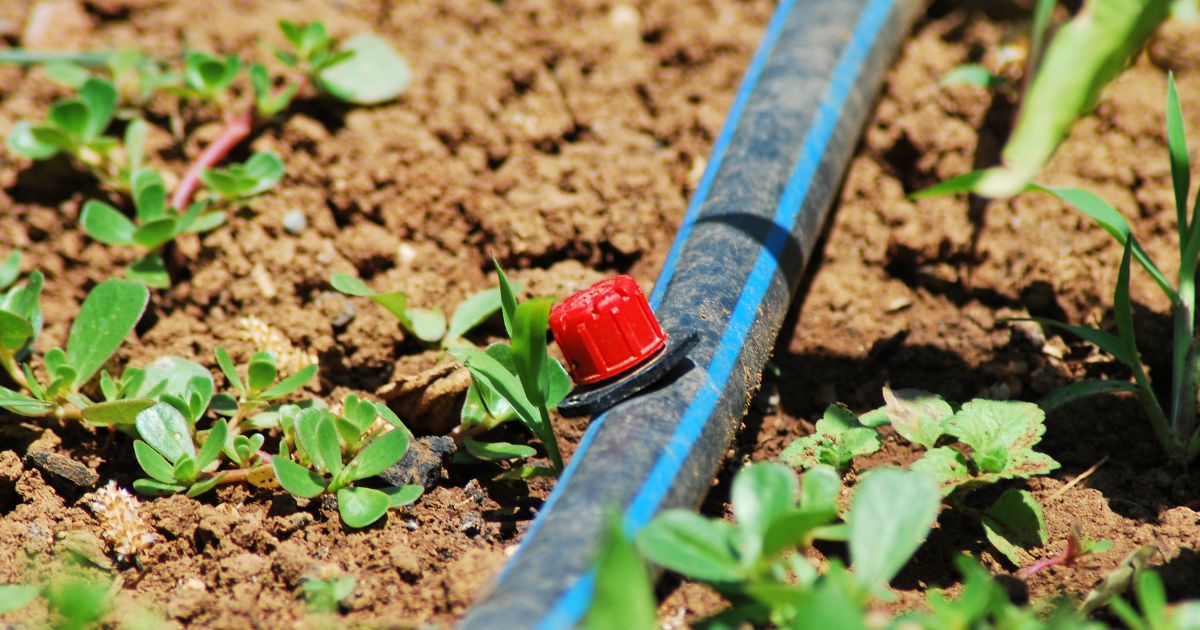
Locating Sprinkler Lines Underground
Determining the location of the main water supply line
Before locating the sprinkler lines, it is important to determine the location of the main water supply line. This can typically be found near where the water enters into your property, such as at a meter or valve box. Once you have located this line, you can follow it to find where it connects with your sprinkler system.
Using a pipe locator device to trace the path of underground pipes
A pipe locator device is an essential tool for locating underground sprinkler lines. These devices use radio frequencies and electromagnetic signals to locate metal pipes.
Begin by connecting one end of the locator device to a known point on your sprinkler system, such as a control valve box or exposed pipe. Then walk around your yard with the other end of the device, following its signal until it leads you directly over your buried pipes.
Digging test holes to verify pipe location
Once you have used a pipe locator device and determined an approximate location for your underground sprinkler lines, digging test holes can help confirm their exact location. Use a shovel or other digging tools to carefully dig small holes along the suspected path of your pipes. Look for signs of PVC piping or connectors that are used in sprinkler systems.
RELATED: How To Fix A Sprinkler Head That Won’t Rotate 2023
Troubleshooting Common Issues When Locating Sprinkler Lines
Identifying broken or damaged pipes
Even if you know where your sprinkler lines are located, it’s possible that they may be damaged or broken in some way. Signs of broken piping include wet areas in dry soil or areas with low-pressure irrigation compared with others nearby that are not experiencing issues.
Dealing with obstacles like rocks, tree roots, or other buried objects
Sometimes, obstacles like tree roots and rocks can make it difficult to locate or access sprinkler lines. Be careful not to damage pipes when digging around obstacles. It may be necessary to use a different tool or approach, such as using a root cutter or hydro excavation, to safely dig around these objects.
Frequently Asked Questions
How do you trace a sprinkler wire?
To trace a sprinkler wire, you can use a wire tracer or a tone generator. These tools allow you to send a signal through the wire and use a receiver to follow the path of the wire underground.
What tool would you use to locate sprinkler lines?
To locate sprinkler lines, you can use a pipe and cable locator or a utility locator. These devices use electromagnetic signals or radio frequencies to detect the presence of underground pipes and lines, including sprinkler lines.
How do I find my underground sprinkler valve?
To find your underground sprinkler valve, you can use a valve locator device that detects the electromagnetic field generated by the valve. By following the signal, you can locate the position of the valve underground and access it easily.
How far below ground are sprinkler lines?
Sprinkler lines are typically buried at a depth of 6 to 12 inches below the ground surface. However, the depth may vary depending on local codes, climate, and soil conditions.
How do you find sprinkler lines without digging?
One way to find sprinkler lines without digging is by using a pipe and cable locator or a utility locator. These devices can detect the presence and path of underground pipes, allowing you to locate sprinkler lines without excavation.
Is there a tool to trace wires?
Yes, there are tools specifically designed to trace wires, such as wire tracers or tone generators. These tools send a signal through the wire, and a receiver helps you follow the path of the wire, making it easier to locate and trace wires without the need for extensive digging or guesswork.
Conclusion
Locating sprinkler lines underground requires some patience and specialized equipment but is essential for maintaining your irrigation system. By determining the location of the main water supply line, using a pipe locator device, and digging test holes when necessary, you can locate your sprinkler lines with accuracy. However, even with the best planning and tools, accidents can happen during excavation work, which is why safety precautions are so important when digging.
Always double-check for underground utilities before starting any excavation work, and make sure that you have taken all necessary steps to reduce the risk of injury or property damage. With proper care and attention paid during this process, you will be able to successfully locate any buried sprinkler lines in your yard without any unnecessary complications.

